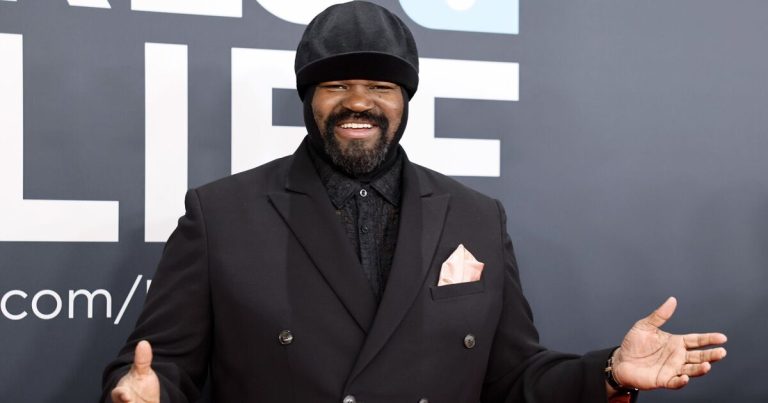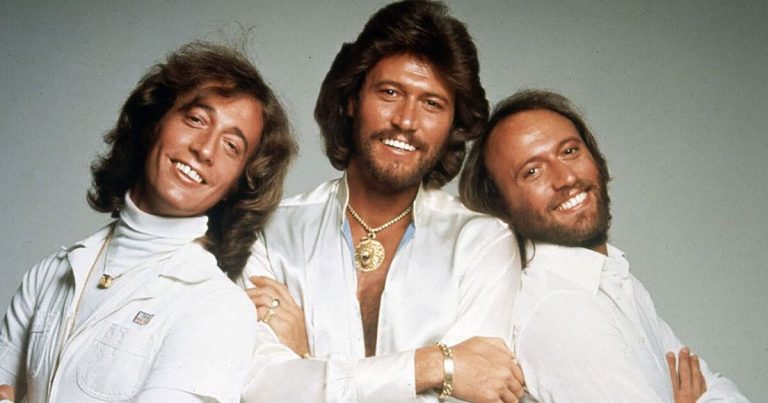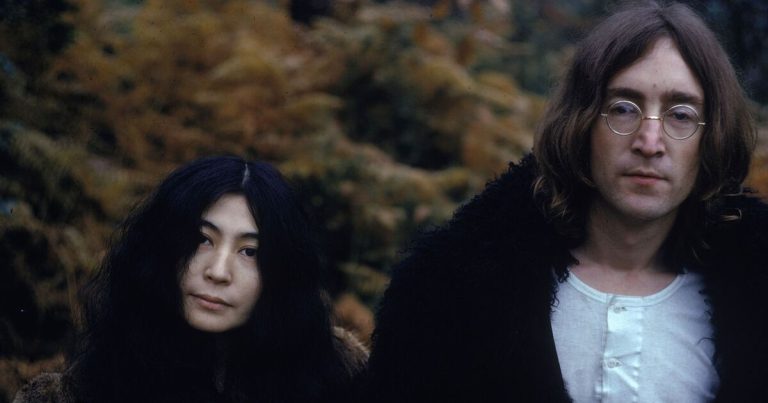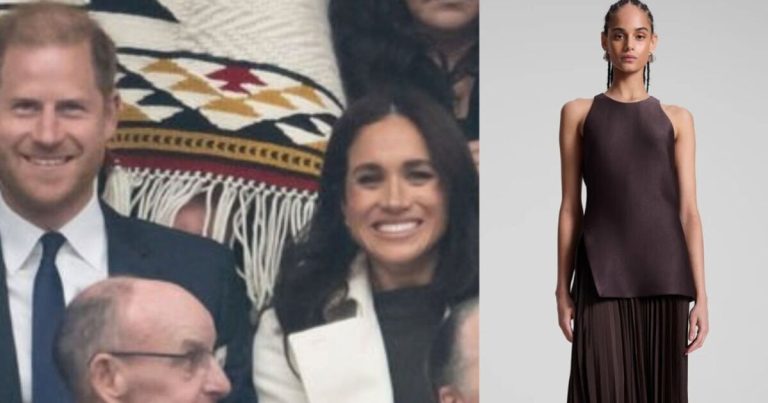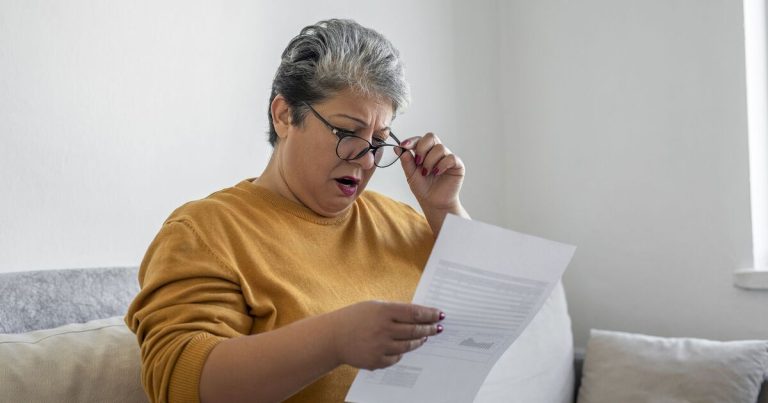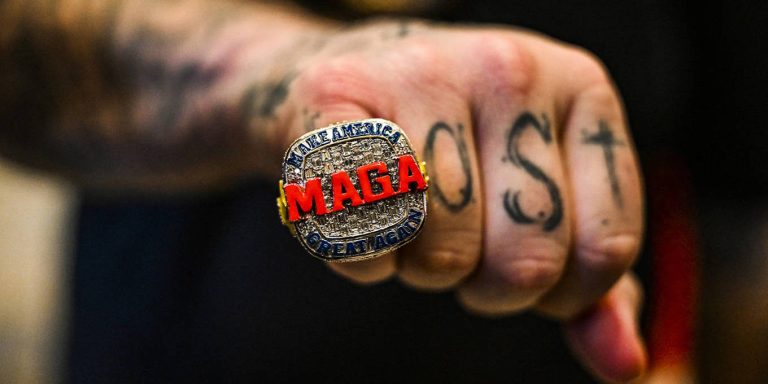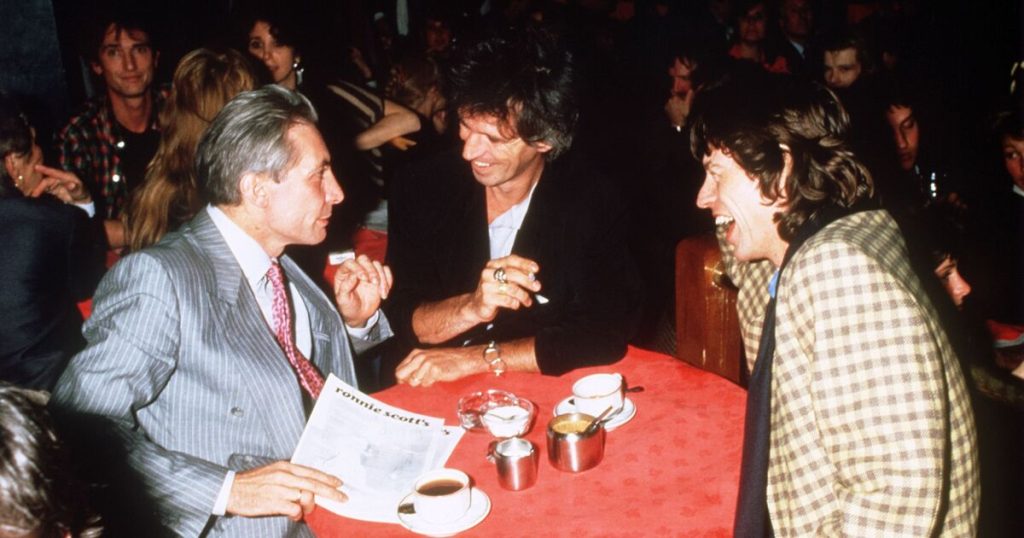

The Rolling Stones’ Charlie Watts, Keith Richard and Mick Jagger at Ronnie Scott’s in 1985 (Image: Getty)
While jazz has often, unfairly, been the butt of jokes by comedians who mock some of its more avant-garde aspects and the studied seriousness of a small proportion of its followers, there’s no pseudo-intellectual chin-stroking going on at Ronnie Scott’s.
The mood is lighthearted and welcoming, with many of the audience here for the first time, possessing no knowledge of jazz at all.
On the night of my visit, I spot visitors from as far away as Japan, West Africa and Australia enjoying the show sitting at the bar or eating at tables which are arranged facing the stage. There’s no dress code to speak of, although some choose to “glam up” for dinner, and the food has improved immensely since the days when Scott used to quip about it onstage.
“A thousand flies can’t be wrong!” was one of his oft-used lines. The food was never that bad but Scott’s self-deprecating humour was legendary. “You should have been here last week,” was another old favourite. “Somebody should have been here last week… we had the bouncers chuckingthem in!”
There’s no need for strong-arm tactics to get the punters in today, not that there ever really was. An eclectic programme of internationally celebrated musical acts means Ronnie’s is usually booked up well in advance. Nigel Kennedy, the bestselling classical violinist who is also a highly successful jazz musician, is one of the many artists who keep returning to play at Ronnie’s, drawn there by its inimitable ambience.
He says: “There is nowhere like Ronnie Scott’s. My first experience of Ronnie’s was as a 13-year-old after a performance of a Bruch violin concerto for the BBC. The original plan was that the BBC should ferry me back to the Yehudi Menuhin School but I had a far less boring idea and somehow managed to persuade them to arrange a seat in Ronnie Scott’s and get me taken there instead.
“Dizzy Gillespie was playing superlatively that night and at some point in the second set, Ella Fitzgerald got up onstage and scatted for a couple of numbers. A typically unique and inspired moment known as ‘s*** happening’ at Ronnie Scott’s.
“A couple of months later, I was back again, having been invited by Stéphane Grappelli to play with him. Not bad for a 13-year-old: a Ronnie Scott’s debut with the Grand Master of the violin. As a listener, evenings at Ronnie Scott’s have been equally memorable, hearing such legends as Art Blakey, Bill Evans, Elvin Jones, Lee Konitz, Horace Silver, Freddie Hubbard, Buddy Rich, Yusef Lateef, Jeff Beck… the list goes on.”

Crowds outside the Soho club in 2016 (Image: Getty Images)
It’s an early autumn evening in Soho, where locals and visitors alike are pouring into this buzzy corner of the West End in search of entertainment. As dusk settles, a queue begins to form, comprising people of all ages and backgrounds, outside an anonymous looking black-fronted building on Frith Street.
Stylish yet unpretentious, only a small neon sign and subtle lettering above the entrance reveal its identity. Yet this modest-seeming establishment, which last month celebrated its 65th birthday, is one of the most famous and respected music venues in the world.
Founded in 1959 by two East End jazz musicians, Ronnie Scott’s has played host to some of the biggest names in showbusiness. It’s the kind of place you’ve probably heard of, even if you’ve never set foot in London.
And it’s not just jazz musicians that love playing here. Everyone from Amy Winehouse and Jimi Hendrix to Prince, Lady Gaga and Chaka Khan, have taken to its stage.
Fans make pilgrimages here from every corner of the world to take their seats in the intimate 220-seat auditorium, amongst regulars such as Elton John, Kate Moss and the Rolling Stones. Princesses Margaret and Diana were both visitors to the club in their day – with the latter once spotted here on a date with heart surgeon, and jazz enthusiast, Hasnat Khan.
Ronald Scott (born in 1927 with the Jewish surname Schatt) was a tenor saxophonist who had been playing jazz clubs since age 16. As Graham Marsh writes in his definitive guide to the club’s early days – Ronnie Scott’s 1959-1969 with photographs by Freddy Warren – he “was obsessed with America… The culture and the multitude of mythical world-famous jazz clubs in New York City were, for Scott, the holy grailof hip”.
In the 1950s, however, young British jazz fans were unable to get their fill of this US-originated art form. The British Musicians’ Union placed heavy restrictions on foreign artists playing live music here and gramophone records, which were made of shellac, were prohibitively expensive.

Jazz singer Ella Fitzgerald with club’s co-owner Ronnie Scott in February 1963 (Image: Getty Images)
So Scott, together with friend and fellow musician Pete King, joined the dance band of Cunard’s transatlantic cruise ship, the Queen Mary, aboard which they played their way across the pond.
It was in New York, as they soaked up their favourite “bebop” music first-hand in clubs such as the Village Vanguard, that the idea took shape of starting a club of their own back in London.
On their return, the duo borrowed £1,000 from Scott’s stepfather to open Ronnie’s in its original location: the basement of what is now a Taiwanese restaurant on Gerrard Street in Chinatown (a blue plaque outside marks the spot where the “Old Place”, as it is reverently known, once stood). The club opened on Friday, October 30, 1959,with Tubby Hayes and his Quartet itsfirst booking.
A steady stream of British jazz talent continued to pour through the doors and on to the stage, with the result that, by 1966, Scott and King were in search of larger premises – which they found in nearby Frith Street.
By now, the enterprising pair had negotiated with British and American unions to allow an exchange of musicians to play in each other’s countries.
Ronnie Scott’s was consequently the first ever venue to feature a US jazzman (Zoot Sims) in a British club. The giants of American jazz followed, including Miles Davis, Bill Evans, Sonny Rollins, Dizzy Gillespie and Nina Simone, taking the club into the realms of musical history.
Scott himself died in 1996 and, these days, Ronnie’s is owned by Sally Greene and Michael Watt, who purchased the club from Pete King in 2005.
They have just implemented a major refurbishment in time for its 65th birthday: acoustics and lighting have been improved and many of the furnishings updated, whilst carefully preserving the iconic charm and integrity of Scott and King’s creation.
In the role of booking acts and introducing them on stage is London jazz doyen Paul Pace, who’s worked at Ronnie’s for 15 years.
“Ronnie’s is a special place; we’re the caretakers of a fantastic legacy,” he tells the Daily Express whilst overseeing preparations for the night’s show – featuring Nick Walters, a London-based trumpeter, composer and bandleader who is one of the stars of the flourishing modern UK jazz scene. Paul clearly feels and respects the weight of responsibility for Ronnie’s heritage.
“You’re aware of that legacy, of who has played here. So the acts we’re booking have to be of a world-class standard. That’s foremost in your mind,” he says.

Ronnie Scott’s has played host to some of the biggest names in showbusiness (Image: Russell Higham)
Ruby Turner is another regular. The chart-topping British-Jamaican soul singer has recorded with Bryan Ferry, Steve Winwood and Mick Jagger. She also tours and appears on television with Jools Holland and his Rhythm and Blues Orchestra.
Speaking from her home in the Midlands, she tells the Express: “I’ve been playing Ronnie’s since the 1980s, doing residencies, and I knew Ronnie and Pete. We used to have the best time. It’s a wonderfully iconic venue, incredibly special, and I feel honoured to still play it.
“For a time, there was also a Ronnie Scott’s in Broad Street in Birmingham, which was great as it was just down the road from me,” she adds, referring to the “branch” that operated on a franchise basis in the UK’s second city during the 1990s.
Though successful in its time – a then-unknown band called Coldplay even played there once – Ronnie’s in Birmingham closed in the early 2000s.
“It turned into a lap dancing club, so that was the end of that gig,” Ruby laughs. “I could never get round those poles!”
But the Frith Street club continues to go from strength to strength, despite tough operating conditions for live music venues, especially in Soho where many historic venues, such as the Marquee Club round the corner, where Ruby also played, have been forced to close.
As Nick gets ready to go on stage in front of a packed audience, I ask him whether he, like music programmer and legacy manager Paul, feels the pressure of the club’s legendary history bearing down on him.
He tells me he does, even though he has performed here maybe 20 times before: “It’s hard not to. As soon as you walk in your eyes are drawn to the pictures of all these musical legends on the walls around the club – these people who are your idols.
“The walls are full of them. These are the people whose footsteps you’re in. Everyone who plays here, whether they’re famous or it’s their first time, just gawps at the walls.”
Ronnie Scott’s 1959-1969: Photographs by Freddy Warren, with Graham Marsh and Simon Whittle, is published by reelartpress.com. For bookings, visit ronniescotts.co.uk.


